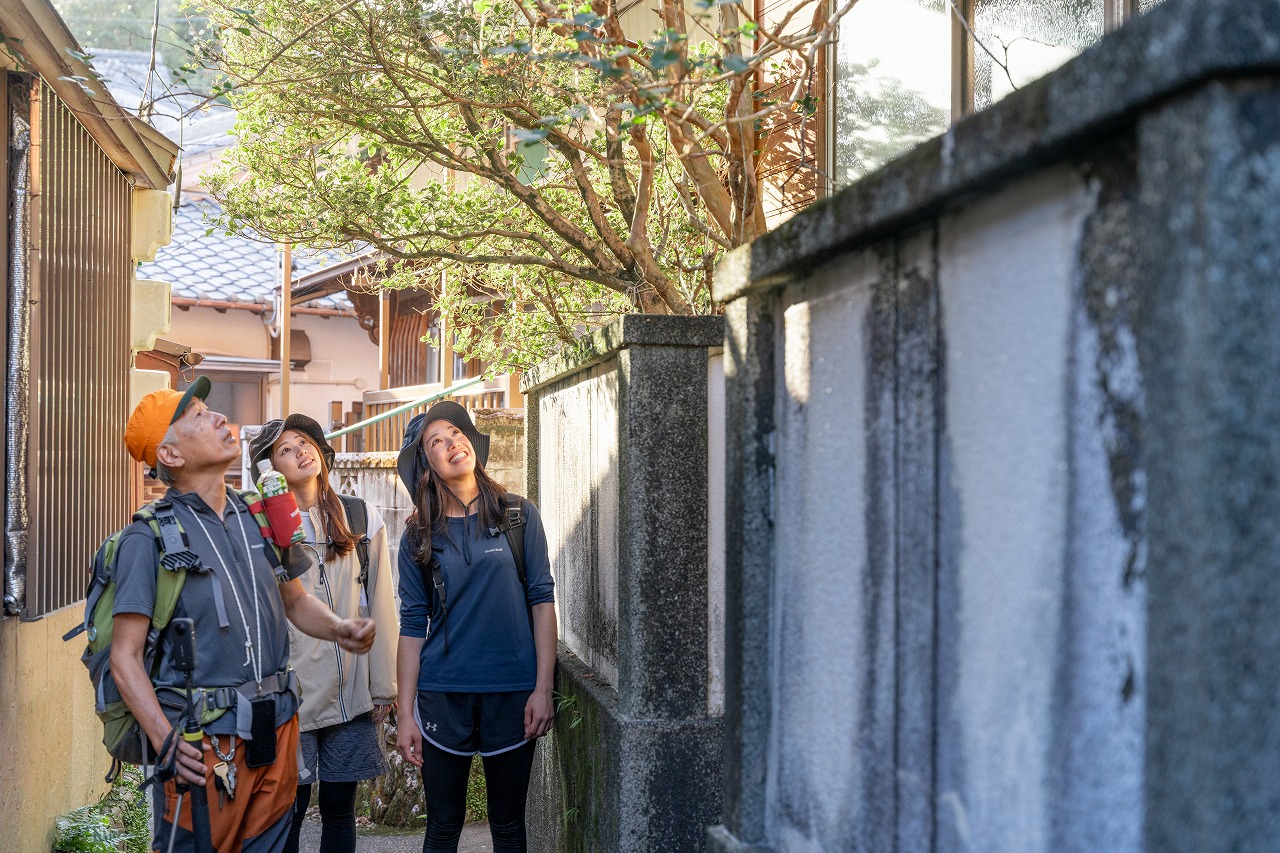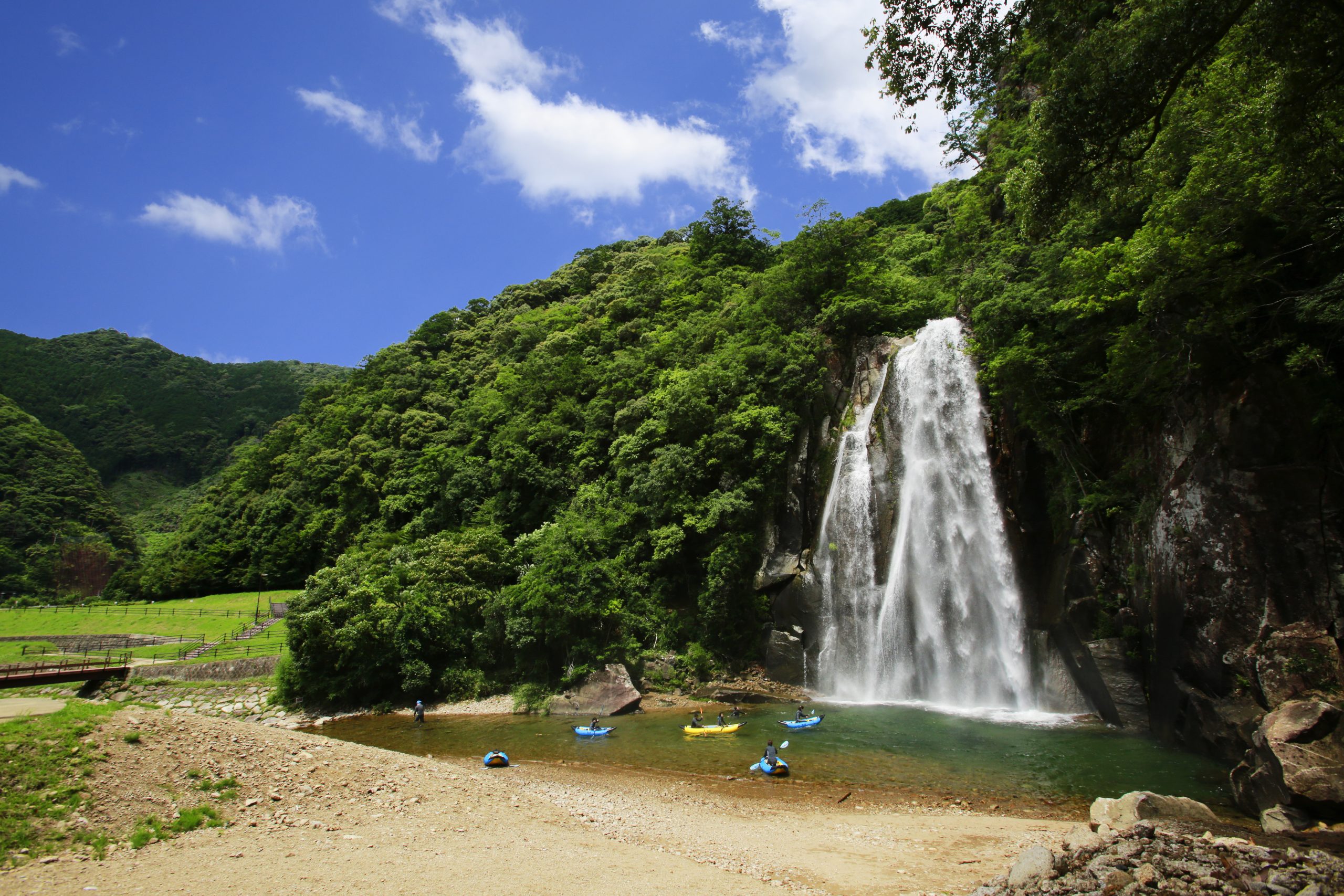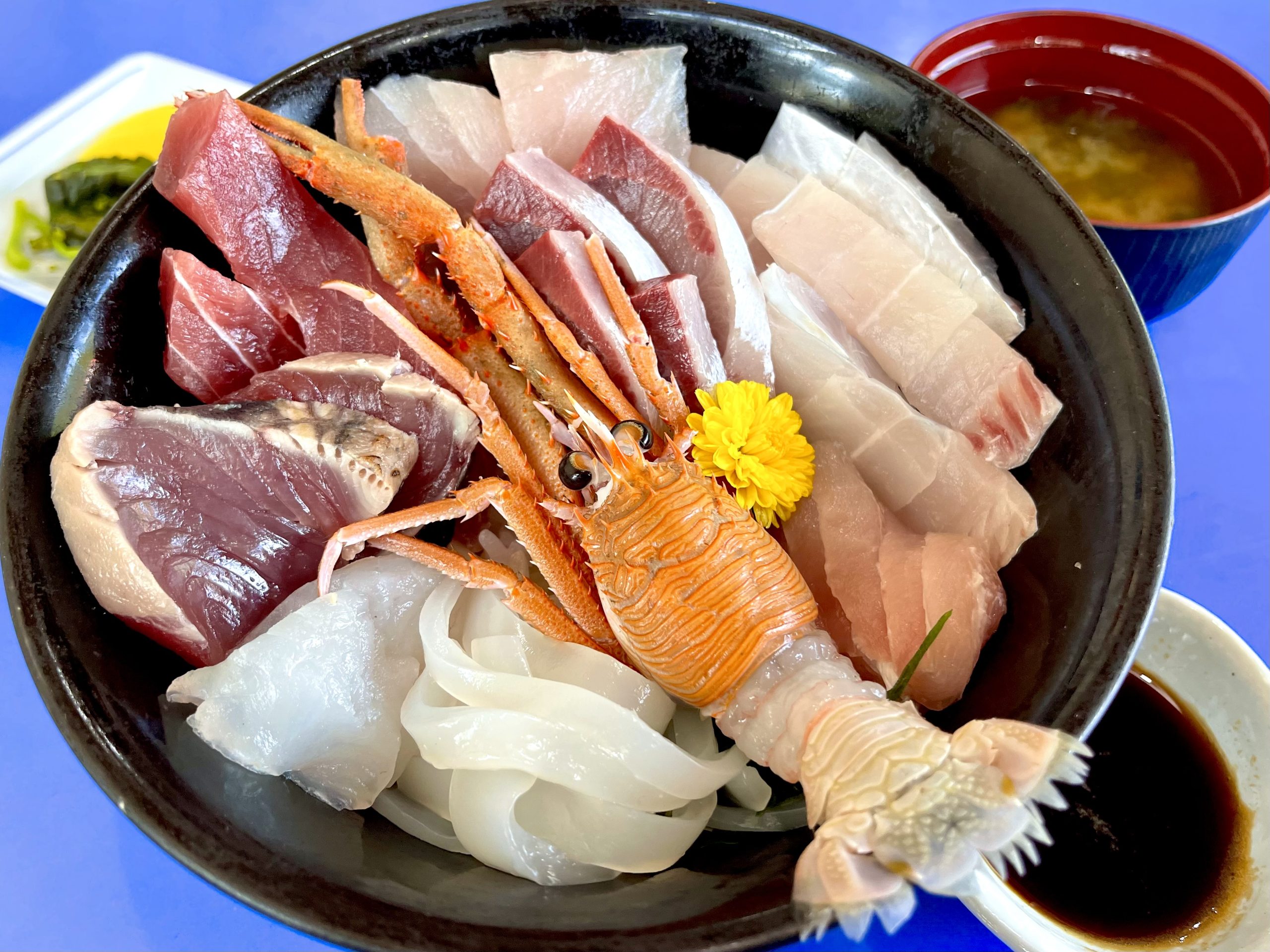Kumano-zakura Cherry Tree
Update:
Kumano City
Mihama Town
In 2018, Kumano-zakura cherry tree was announced as a new species of cherry blossom in 103 years.
In the southern part of the Kii Peninsula, it had long been said that “Yama-zakura blooms twice,” and Kumano-zakura was thought to be a variation of Yama-zakura, which is widely distributed in western Japan. However, it was discovered through research by Dr. Katsuki and others of the Forestry and Forest Products Research Institute.
Since only 10 types of cherry blossoms grow naturally in Japan, such as Yama-zakura and Edohigan, Kumano-zakura can be considered an extremely significant discovery.

○ “Nagao Miharu Sakura”, Nagao District, Kiwa-cho, Kumano City
Kumano-zakura has distinct features in both its flowers and leaves.
The flowers have two blossoms on a single bud, with relatively short and hairless flower stems.
While the color of the flowers may range from light pink to white, the shades deepen and change throughout their blooming period, from a deep red before blooming to white during blooming, and back to a darker red after blooming. This changes in color provide repeated enjoyment for viewers.
The leaves are oval in shape, 18 to 36mm in width and slender, with coarsely serrated edges and a light green underside.
It may be difficult to distinguish the Kumano-zakura by its leaves alone, but a side-by-side comparison with other cherry blossoms during the same season will clearly reveal the differences.
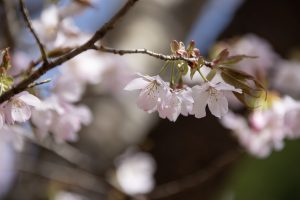
クマノザクラの開花時期は3月中頃が中心ですが、気候や場所によって2週間ぐらいのズレがあります。
The blooming season of the Kumano-zakura generally starts in mid-March, but there may be a difference of about two weeks depending on the climate and location.
In the Higashi-Kishu region, Kumano-zakura blooms early in the mountains of Kiho-cho and Kamiichigi in Mihama-cho, followed by Kiwa-cho in Kumano City, Ikoma-cho, and Yanokawa-Toge Pass in Owase City.
By the way, the slowest blooming Kumano-zakura in the Higashi-kishu region is located in the upper reaches of Omata-gawa River in Asuka-cho, Kumano City.
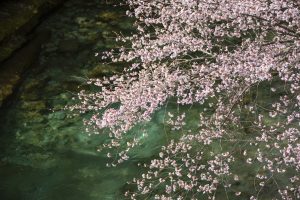
○ Omata-gawa River, Asuka-cho, Kumano City
Kumano-zakura is also commonly found along rivers, and within Kumano City, it can be seen in the valleys of Ogawa-gawa River, Omata-gawa River, Kitayama-gawa River, and Kumano-gawa River.
There are several spots where you can capture the pristine flow of the river and Kumano-zakura together, making it a perfect subject for photography.
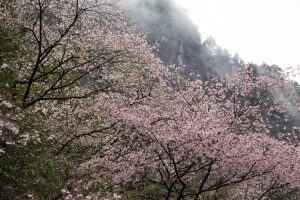
○ Mihama-cho, Kawase area
Many people are amazed by the Kumano-zakura that have taken root in the mountainous areas.
For example, along Prefectural Road 52, which runs from Kanayama-cho in Kumano City to Ikusei-cho, and along the Ogawa-gawa River, most of the Kumano-zakura cherry trees grow on steep slopes or on top of rocks, stretching high among the trees to bloom.
They have survived probably because they are in places that are inaccessible to deer and other animals that might eat them.
When you see the roots that are tightly wrapped around the rocks, you can’t help but feel their resilience.
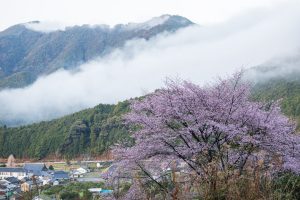
○ Mihama-cho, Ueno area
Dr. Katsuki warns that the proliferation of hybrids resulting from crossbreeding with other cherry blossoms poses a risk to the survival of Kumano-zakura.
Therefore, it is necessary to protect the natural habitat of Kumano-zakura and also to exercise caution in planting them.
This is essential to ensure that Kumano-zakura continues to herald the arrival of spring in Kumano for years to come.
General Incorporated Association Japan Kumano Cherry Association
https://www.kumanozakura.jp
Kumano-zakura Cherry Trees in Kumano City
https://www.kumano-kankou.info/kumanozakura/
Kiwa-cho, Kumano-zakura Tour Map
https://kurobee.net/sakura/


